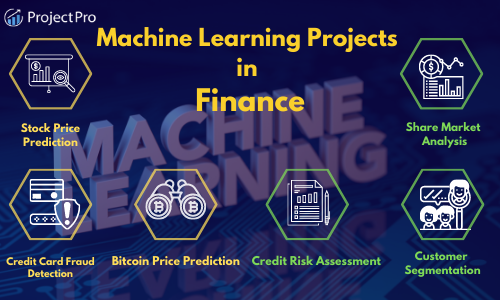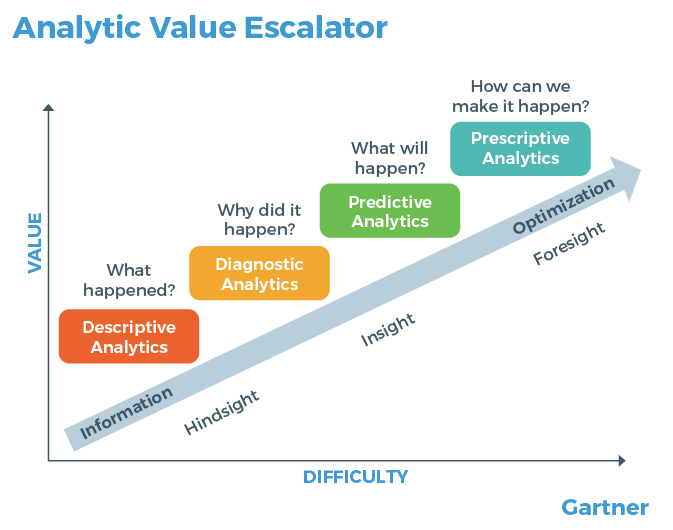
For those interested in the field of artificial intelligence, a good place to start is with an artificial-intelligence 101 course. This course is divided into five themes, covering general information on each. Topics include the history of AI, what it is, its use cases, and types of AI systems. It also addresses the science and future of AI technology. This course provides an overview of AI's current state.
Artificial General Intelligence (AGI)
AI is often used to refer to machines capable of performing tasks comparable with human abilities. These machines can perform all tasks that humans can and more efficiently than people. AI systems have limitations in terms of their capabilities. They can only perform specific functions. They can't perform any task that is not theirs. AI applications cannot imitate the vast array of human skills.

Augmented Intelligence
Augmented Intelligence is the concept of using computer software to augment the human intelligence. A computer could be able to read the user's preferences, and recommend movies similar to what they are watching. It would also be able to make decisions for you based on a data-driven algorithm. Augmented intelligence is one the most advanced technologies in the world today. It combines technology and human resources to achieve the best results.
Machine learning
Machine learning involves the identification of patterns in data to predict future behavior. There are two types: unsupervised and supervised machine learning. Supervised Machine Learning refers to applying artificial intelligence to decision-making activities. Deep learning seeks to imitate the intricate structure of the human brain. During the training phase, a machine that has been trained learns from past examples and applies that knowledge towards a real-world challenge.
Self-correcting processes
Using self-correcting processes in artificial intelligence can be a powerful tool in the development of machine learning systems. Self-correcting AI can improve a model's performance and avoid problems associated with training it. A system's decisions often are based on a set rules. It is only used once for a particular task. However, the question is still open: Does self-correction really make an impact on artificial intelligence performance?

Self-awareness
Self-awareness can be described as the ability of a computer to learn about its own emotions and behavior. Self-aware computers can construct representations of themselves based only on their personality, internal states, and other information. These machines are able make better decisions that they would on their own and can therefore make decisions. This is a significant step towards developing AI. The first step towards self aware AI is to achieve limited memory AI. Once this is achieved self-aware AI will mimic human behavior and become self conscious.
FAQ
What is AI and why is it important?
It is estimated that within 30 years, we will have trillions of devices connected to the internet. These devices will include everything from cars to fridges. Internet of Things, or IoT, is the amalgamation of billions of devices together with the internet. IoT devices can communicate with one another and share information. They will also make decisions for themselves. For example, a fridge might decide whether to order more milk based on past consumption patterns.
It is anticipated that by 2025, there will have been 50 billion IoT device. This is an enormous opportunity for businesses. But it raises many questions about privacy and security.
What's the status of the AI Industry?
The AI industry is growing at a remarkable rate. There will be 50 billion internet-connected devices by 2020, it is estimated. This will allow us all to access AI technology on our laptops, tablets, phones, and smartphones.
This will also mean that businesses will need to adapt to this shift in order to stay competitive. Companies that don't adapt to this shift risk losing customers.
It is up to you to decide what type of business model you would use in order take advantage of these potential opportunities. Would you create a platform where people could upload their data and connect it to other users? Perhaps you could offer services like voice recognition and image recognition.
Whatever you decide to do, make sure that you think carefully about how you could position yourself against your competitors. You won't always win, but if you play your cards right and keep innovating, you may win big time!
What is the most recent AI invention
Deep Learning is the newest AI invention. Deep learning is an artificial Intelligence technique that makes use of neural networks (a form of machine learning) in order to perform tasks such speech recognition, image recognition, and natural language process. It was invented by Google in 2012.
Google is the most recent to apply deep learning in creating a computer program that could create its own code. This was accomplished using a neural network named "Google Brain," which was trained with a lot of data from YouTube videos.
This enabled it to learn how programs could be written for itself.
IBM announced in 2015 that it had developed a program for creating music. The neural networks also play a role in music creation. These are sometimes called NNFM or neural networks for music.
How will governments regulate AI
Although AI is already being regulated by governments, there are still many things that they can do to improve their regulation. They should ensure that citizens have control over the use of their data. Companies shouldn't use AI to obstruct their rights.
They must also ensure that there is no unfair competition between types of businesses. A small business owner might want to use AI in order to manage their business. However, they should not have to restrict other large businesses.
Statistics
- The company's AI team trained an image recognition model to 85 percent accuracy using billions of public Instagram photos tagged with hashtags. (builtin.com)
- According to the company's website, more than 800 financial firms use AlphaSense, including some Fortune 500 corporations. (builtin.com)
- Additionally, keeping in mind the current crisis, the AI is designed in a manner where it reduces the carbon footprint by 20-40%. (analyticsinsight.net)
- That's as many of us that have been in that AI space would say, it's about 70 or 80 percent of the work. (finra.org)
- In 2019, AI adoption among large companies increased by 47% compared to 2018, according to the latest Artificial IntelligenceIndex report. (marsner.com)
External Links
How To
How to set up Amazon Echo Dot
Amazon Echo Dot (small device) connects with your Wi-Fi network. You can use voice commands to control smart devices such as fans, thermostats, lights, and thermostats. You can use "Alexa" for music, weather, sports scores and more. Ask questions, send messages, make calls, place calls, add events to your calendar, play games and read the news. You can also get driving directions, order food from restaurants or check traffic conditions. It works with any Bluetooth speaker or headphones (sold separately), so you can listen to music throughout your house without wires.
You can connect your Alexa-enabled device to your TV via an HDMI cable or wireless adapter. For multiple TVs, you can purchase one wireless adapter for your Echo Dot. You can pair multiple Echos together, so they can work together even though they're not physically in the same room.
To set up your Echo Dot, follow these steps:
-
Turn off your Echo Dot.
-
Connect your Echo Dot via its Ethernet port to your Wi Fi router. Make sure that the power switch is off.
-
Open Alexa on your tablet or smartphone.
-
Select Echo Dot in the list.
-
Select Add a new device.
-
Choose Echo Dot among the options in the drop-down list.
-
Follow the screen instructions.
-
When prompted, enter the name you want to give to your Echo Dot.
-
Tap Allow access.
-
Wait until Echo Dot connects successfully to your Wi Fi.
-
This process should be repeated for all Echo Dots that you intend to use.
-
Enjoy hands-free convenience